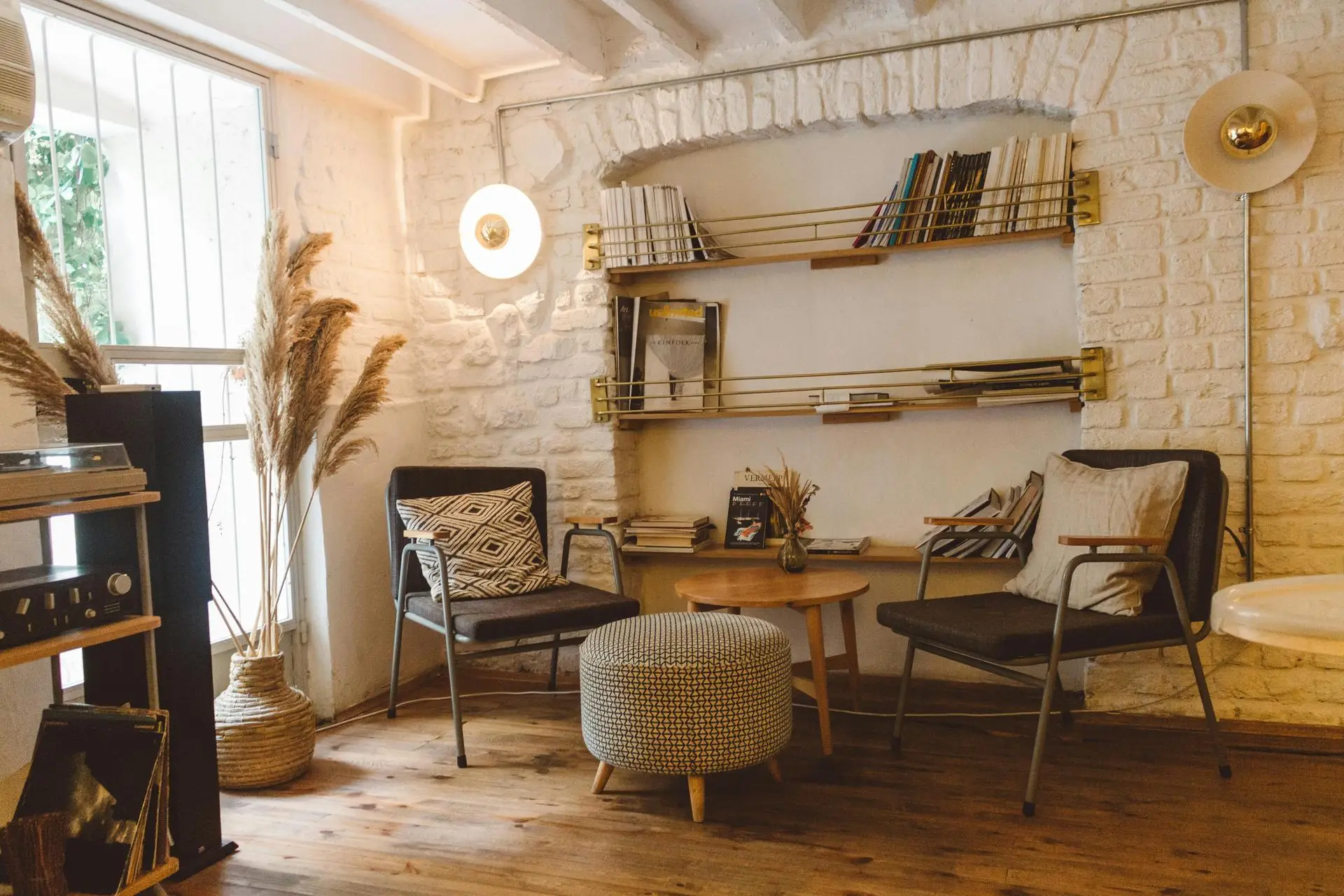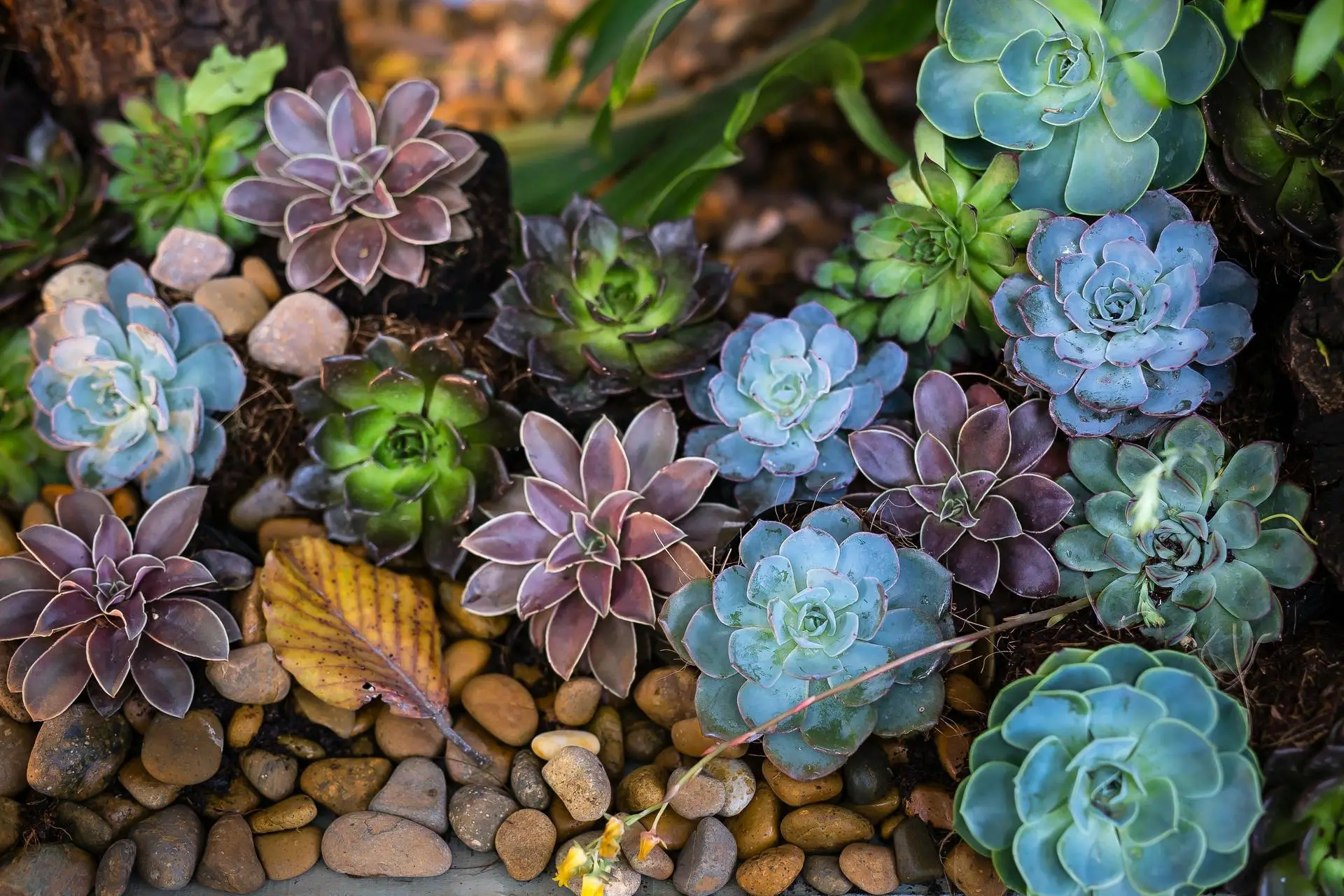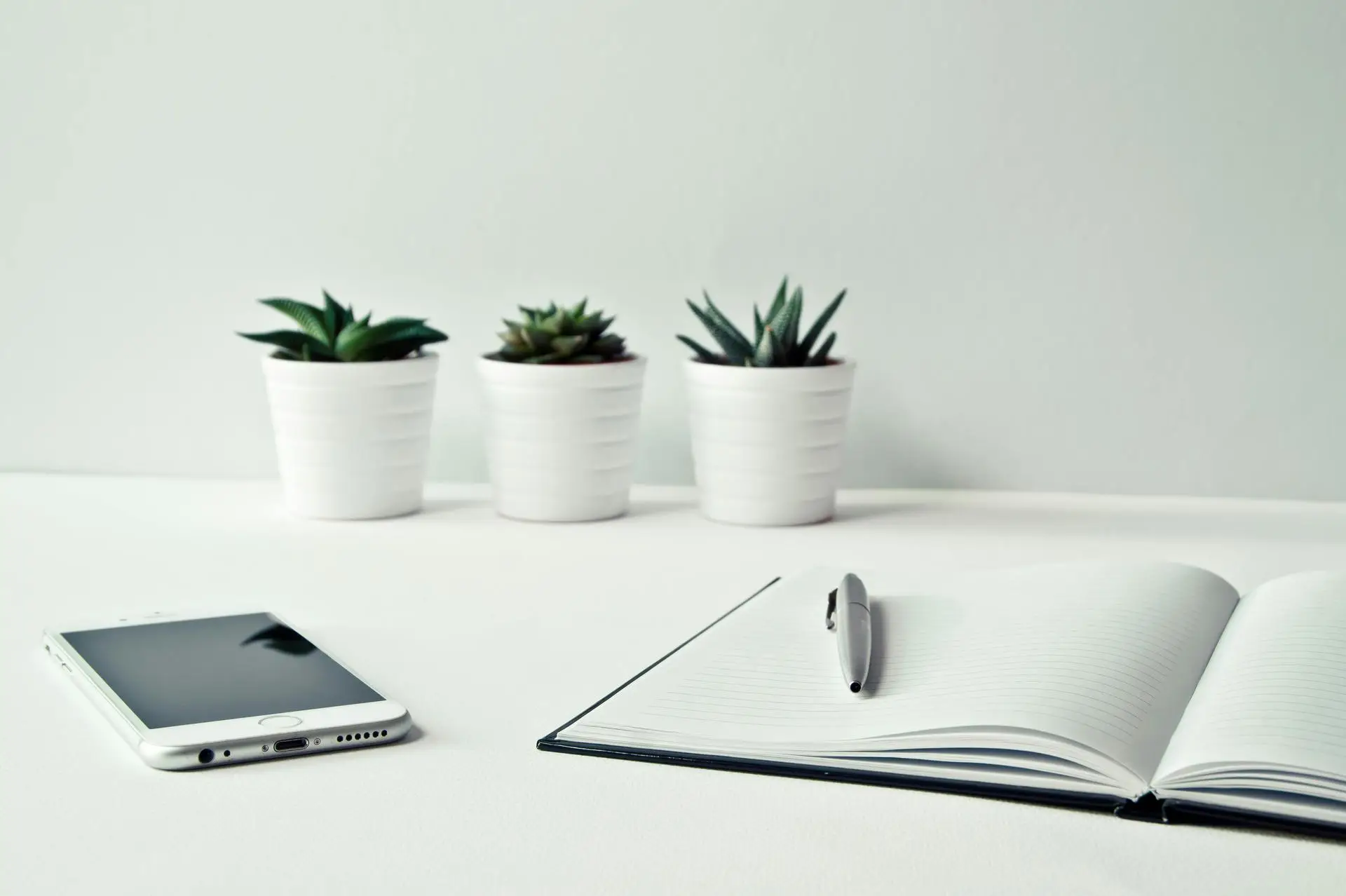Harnessing the Power of Color in Interior Design
Color isn’t just a visual element; it’s a powerful tool in interior design that can dramatically influence the look and feel of a space. When you understand the significance of color, you can transform any environment into a sanctuary of comfort and style. At the heart of this transformation is color psychology—the fascinating study of how colors can affect mood, emotions, and the overall atmosphere of a space. Let's delve into how you can strategically use different colors in your interior design to enhance both living and working environments.
The Fascinating World of Color Psychology
What Is Color Psychology?
Color psychology explores the emotional and psychological effects that colors have on individuals. This concept is crucial in design, as it helps create spaces that resonate with the desired mood and purpose. The roots of color theory date back centuries, beginning with Isaac Newton’s creation of the first color wheel in the 17th century, and later expanded by Johann Wolfgang von Goethe, who emphasized the emotional implications of colors.
The Color Wheel Explained
The color wheel is a visual representation of colors organized by their relationships. It includes:
- Primary Colors: Red, blue, and yellow.
- Secondary Colors: Green, orange, and purple, which are created by mixing primary colors.
- Tertiary Colors: These arise from mixing primary and secondary colors.
Understanding color properties—tint, shade, tone, value, saturation, and chroma—is essential for crafting a harmonious color palette in your interior design.
The Emotional Impact of Colors
Calming Colors
Colors like blue and green are celebrated for their calming effects. They evoke feelings of tranquility, relaxation, and trust. Research indicates that blue can slow heart rate and blood pressure, making it an excellent choice for spaces aimed at promoting serenity.
Energizing Colors
On the flip side, red, orange, and yellow are vibrant hues that can create an energetic and passionate atmosphere. For instance, red is linked to intensity, power, and desire, making it a fantastic accent color for spaces designed for social interaction or creativity.
Neutral Colors
White, gray, and brown provide a sense of serenity, elegance, and comfort. White symbolizes peace, tranquility, and cleanliness, making it a popular choice for modern and minimalist designs.
Strategically Using Color in Different Spaces
Living Areas
When designing living areas, aim for color schemes that promote relaxation and comfort. Incorporating calming hues like blue and green can create a warm and inviting atmosphere for family gatherings or quiet evenings.
Workspaces
The right colors can significantly boost productivity and creativity in workspaces. Yellow and orange can stimulate energy and optimism, making them perfect for home offices or creative studios.
Bedrooms
For bedrooms, choose colors that promote restfulness and intimacy. Soft blues and gentle greens can create a peaceful retreat, enhancing the quality of your sleep.
Practical Tips for Implementing Color Psychology
Choosing Your Color Palette
Selecting a complementary or analogous color scheme is vital for achieving a cohesive design. Monochromatic designs, which utilize variations of a single color, and triadic color schemes, incorporating three evenly spaced colors on the color wheel, can add depth and interest to your space.
Testing Colors
Before making a final decision, it's crucial to test paint samples in various lighting conditions. Visualizing colors in your space will help ensure they create the desired effect at different times of the day.
Real-Life Examples of Successful Color Implementations
Residential Projects
Many residential projects have successfully harnessed color psychology to enhance mood and atmosphere. For example, a family home that embraced soft pastels transformed the living area into a calming oasis, fostering a sense of peace and relaxation.
Commercial Spaces
Businesses also leverage color psychology to enhance customer experience. Retail environments often utilize vibrant colors to draw attention and encourage purchases, while restaurants may opt for warm hues to create an inviting atmosphere. Understanding how color choices impact brand perception and customer behavior is essential for any business.
Join the Conversation!
Have you experimented with color in your interior design? We’d love to hear your experiences in the comments below! Don’t forget to subscribe for more tips on enhancing your interior spaces through effective design principles.










